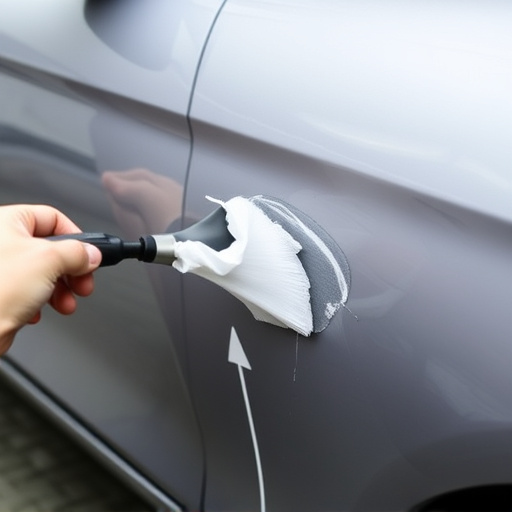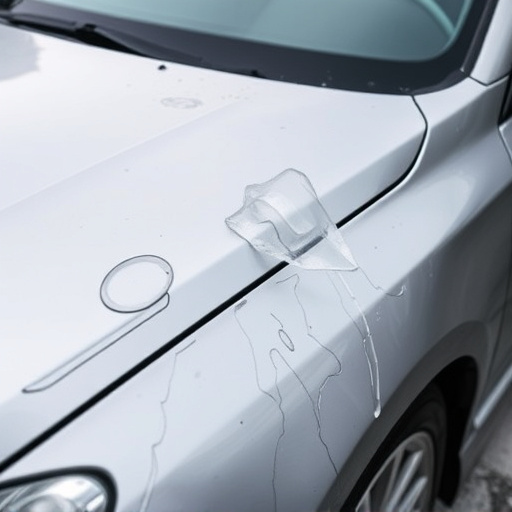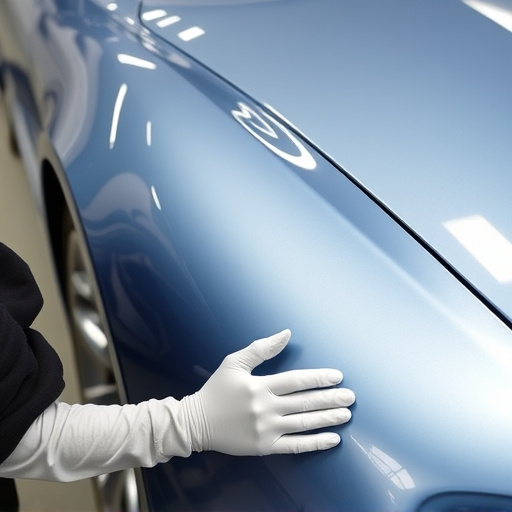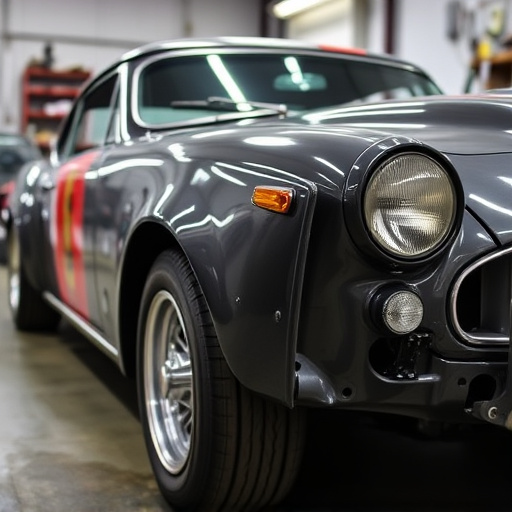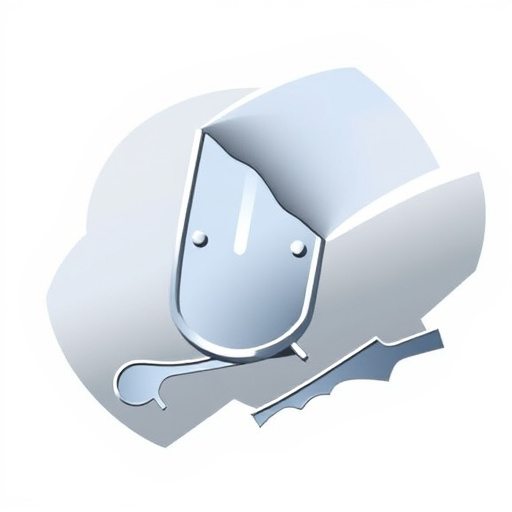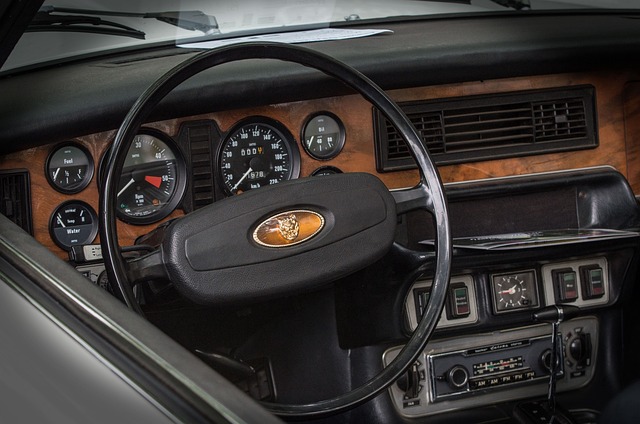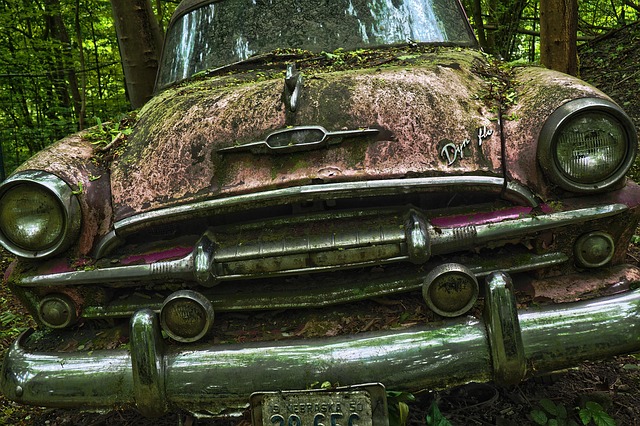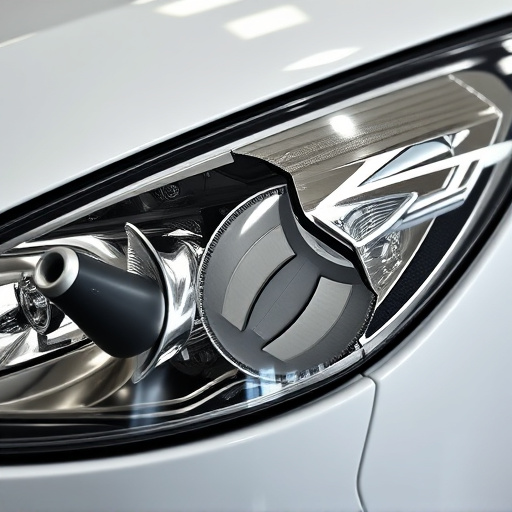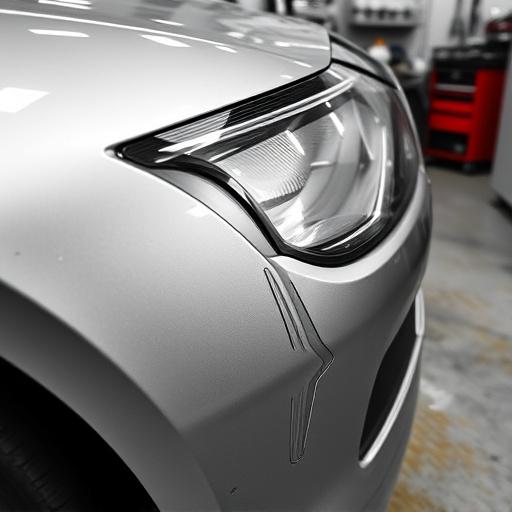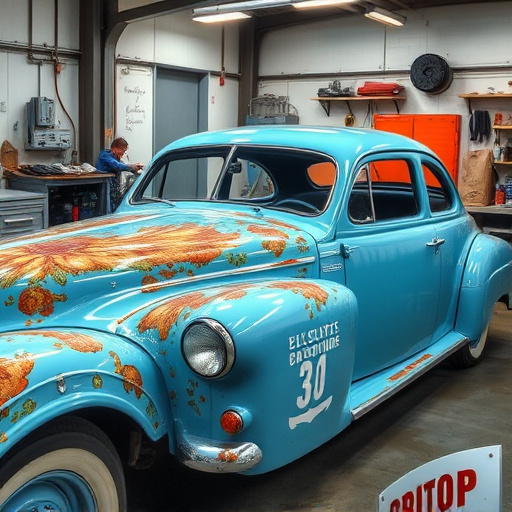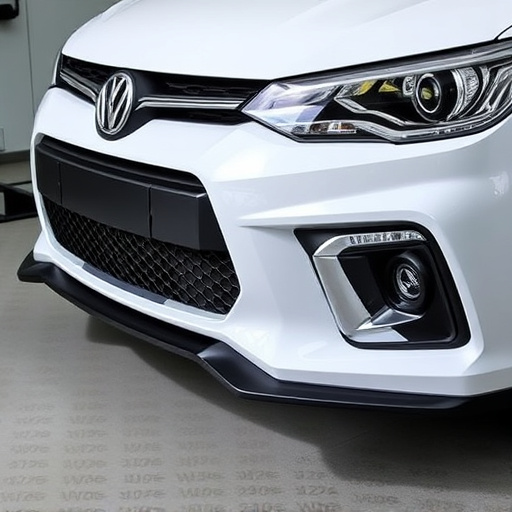Vintage car enthusiasts need specialized fiberglass panel repair for damaged panels caused by accidents or outdoor storage. The process requires tools like knives, sandpaper, and pressure washers, along with materials including fiberglass mat, resin, hardener, and putty knives. Repair involves careful inspection, precise cutting, meticulous finishing, matching panels, primer, body filler, sandpaper, paint, and seamless integration with collision repair and frame straightening for original aesthetic preservation.
Discover the art of restoring your classic car with expert guidance on fiberglass panel repair. Fiberglass, a staple in vintage automotive construction, requires precise techniques for successful repairs. This comprehensive guide covers everything from understanding the unique properties of fiberglass panels to mastering the step-by-step process of replacement. Armed with the right tools and materials, you’ll learn how to revive your classic car’s original aesthetic.
- Understanding Fiberglass Panels in Classic Cars
- Tools and Materials for Repair
- Step-by-Step Guide to Effective Panel Replacement
Understanding Fiberglass Panels in Classic Cars
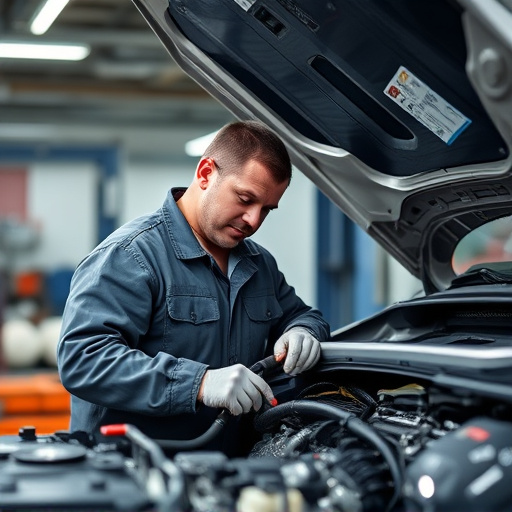
Fiberglass panels are a common material used in classic and vintage car bodies due to their lightweight strength and durability. These panels are typically composed of a mesh of glass fibers bound together with a resin matrix, forming a solid yet flexible structure. In vintage cars, fiberglass offers an advantage over traditional metal body panels by being less prone to rust and corrosion, making it ideal for vehicles that may be stored outdoors or subject to varying weather conditions.
Over time, however, these fiberglass panels can sustain damage from various sources such as accidents, collisions, or even hail storms, leading to cracks, chips, or delaminations. Recognizing the need for effective fiberglass panel repair becomes crucial not only for aesthetic reasons but also to preserve the structural integrity of the vehicle. Many collision repair centers specialize in restoring these classic cars, offering services that include replacing damaged panels, repairing delaminated areas, and ensuring proper alignment for a seamless finish.
Tools and Materials for Repair
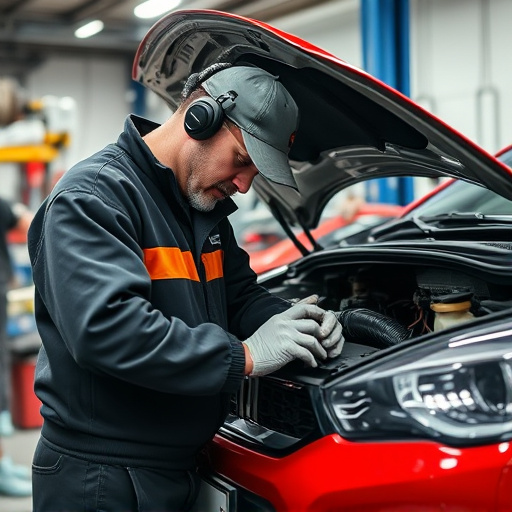
When it comes to repairing a fiberglass panel on a classic or vintage car, the right tools and materials are essential for achieving a seamless finish. For fiberglass panel repair, you’ll need specialized equipment designed to handle this unique material. This includes a good set of scissors or utility knives for trimming and shaping, along with various sandpaper grades to smooth out any rough edges. A pressure washer can also be beneficial for thoroughly cleaning the damaged area before repairs begin.
Additionally, essential materials include fiberglass mat or cloth, resin, hardener, and a mix cup for combining the two components. For applications requiring more intricate work, putty knives and plastic spatulas aid in applying and shaping body putty. Remember, choosing the right tools and materials is key to effectively repairing car dent repair issues, especially when dealing with vintage vehicles where original parts may be scarce. This meticulous process ensures that any fender bender or small car paint repair is handled with precision, preserving the classic aesthetic of your vehicle.
Step-by-Step Guide to Effective Panel Replacement
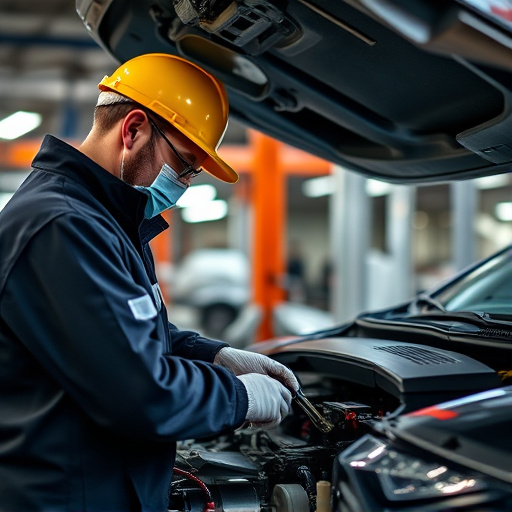
Repairing a fiberglass panel on a classic or vintage car involves several precise steps to ensure a flawless finish that matches the vehicle’s original state. First, carefully inspect the damaged area to determine the extent of the repair needed. This includes checking for cracks, holes, or delaminations in the fiberglass. Next, gather your tools and materials: a new fiberglass panel matching the vehicle’s make and model, primer, body filler, sandpaper, and paint (preferably a custom color to match the car).
Once prepared, begin by removing any loose debris from the area using compressed air. Then, carefully cut out the damaged section of the panel with a sharp knife or scissors. Ensure the new panel is measured and fitted precisely to avoid gaps or overlaps. Apply body filler to the seams and edges, allowing it to dry completely. After sanding the filled areas smooth, prime the surface to prepare it for painting. Finally, apply several thin coats of paint, allowing each coat to dry evenly before moving on, resulting in a restored and seamless fiberglass panel that seamlessly integrates with the car’s collision repair and frame straightening process.
Repairing fiberglass panels on classic and vintage cars is a skill that pays homage to the vehicle’s history while ensuring its longevity. By understanding the unique properties of fiberglass, having the right tools and materials, and following a structured guide, car enthusiasts can master this technique. With patience and practice, you’ll be able to restore your classic car to its former glory, keeping it in top condition for years to come. Fiberglass panel repair is both an art and a science, allowing you to navigate the intricate process of restoring these timeless vehicles.
